OLSR (Optimized Link State Routing)

OLSR: Optimized Link State Routings
OLSR is a proactive routing protocol optimized for Mobile Ad-Hoc Networks (MANETs). It uses an optimized algorithm to flood topology information through the network and provide optimal routes. OLSR is suitable for large and dense networks.
What is OLSR (Optimized Link State Routing)?
OLSR (Optimized Link State Routing) is a proactive link-state routing protocol optimized for mobile ad hoc networks (MANETs). It is designed to work in a completely distributed manner and does not depend on any central entity. The key optimizations OLSR makes compared to classical link state routing are:
- It minimizes the size of control messages and the number of retransmissions needed to flood these messages through the network by using Multipoint Relays (MPR).
- It provides optimal routes to all destinations in terms of number of hops, which is important for battery-operated devices.
- The optimization algorithms used allow OLSR to work well in large and dense networks with many nodes by reducing the control traffic overhead.
OLSR is particularly suitable for large and dense MANETs where the concentration of nodes is high and network topology changes frequently. As it does not require reliable transmission of control messages, it is also suitable for networks where links have high loss rates or connectivity is intermittent.
OLSR (Optimized Link State Routing) Features
Features
- Proactive (table-driven) routing protocol
- Uses optimized link state routing (OLSR) algorithm
- Minimizes flooding of control traffic by using only selected nodes to retransmit info
- Provides optimal routes in terms of number of hops
- Suitable for large and dense mobile ad-hoc networks (MANETs)
Pricing
- Open Source
- Free
Pros
Cons
Official Links
Reviews & Ratings
Login to ReviewNo reviews yet
Be the first to share your experience with OLSR (Optimized Link State Routing)!
Login to ReviewThe Best OLSR (Optimized Link State Routing) Alternatives
Top Network & Admin and Routing Protocols and other similar apps like OLSR (Optimized Link State Routing)
Here are some alternatives to OLSR (Optimized Link State Routing):
Suggest an alternative ❐OpenWISP

CoovaChilli
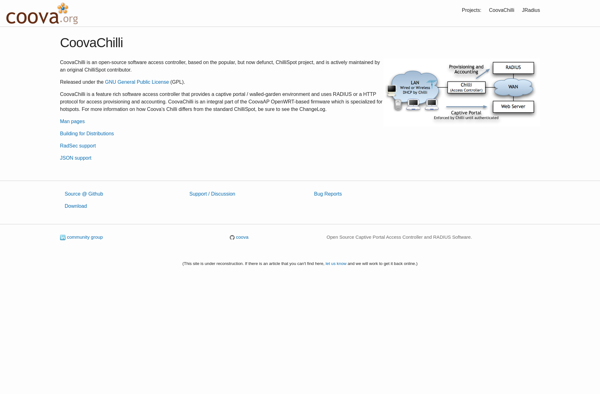
GNUnet
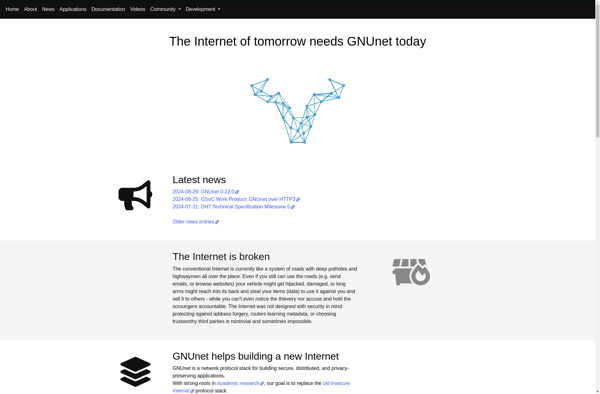
The Serval Project
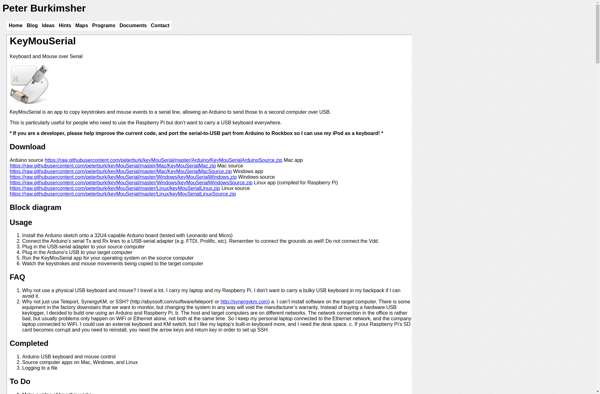
LibreMesh
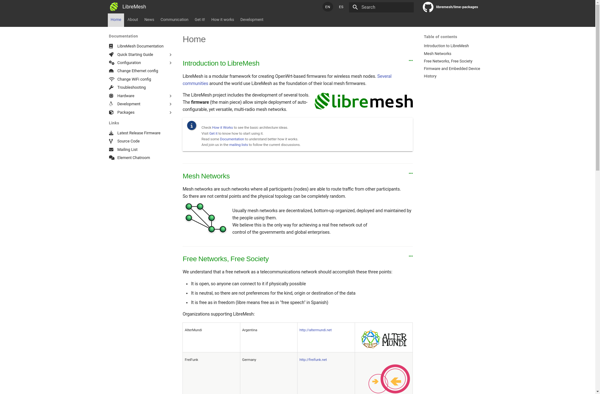
Ninux

Cjdns
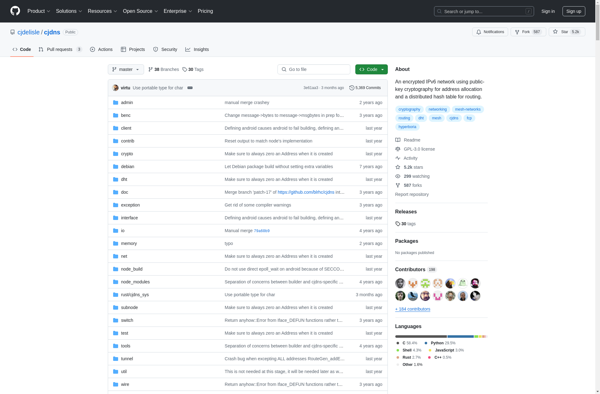
Telehash

Babel (protocol)
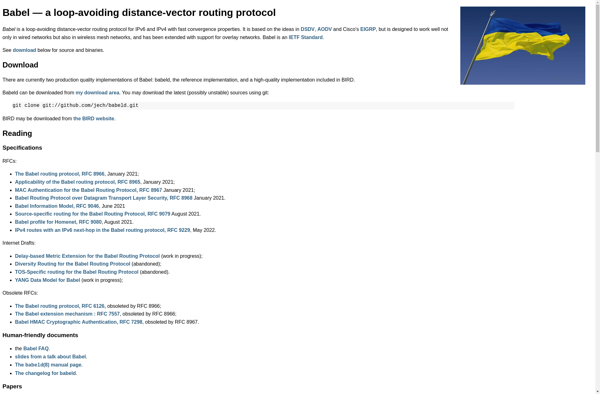
Dn42
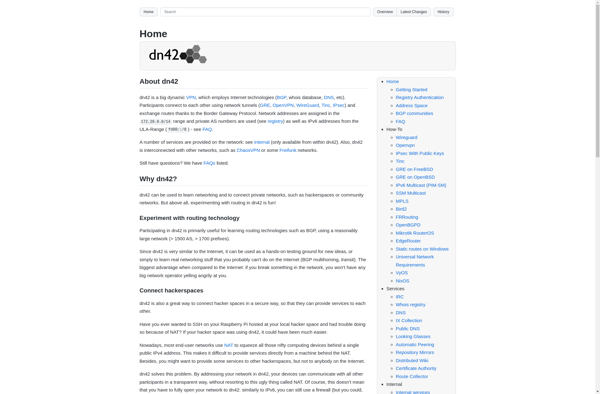
Qaul
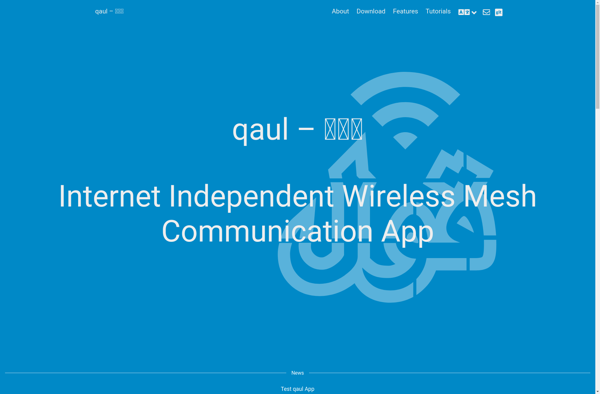
Digitata
